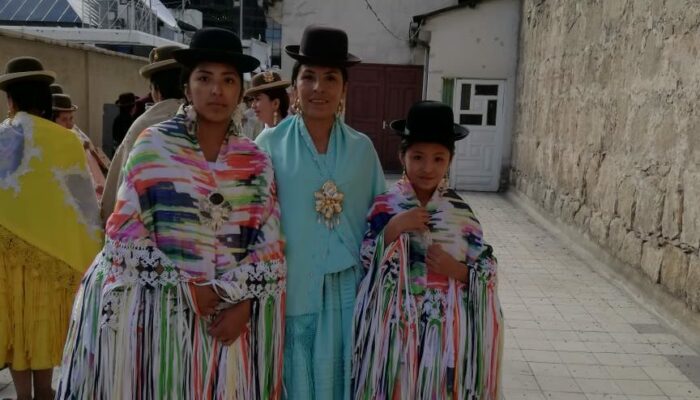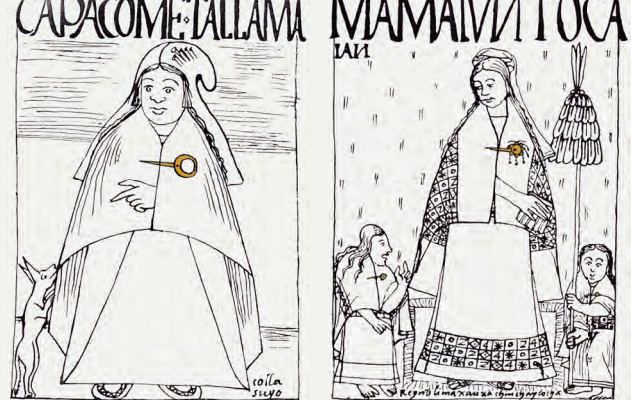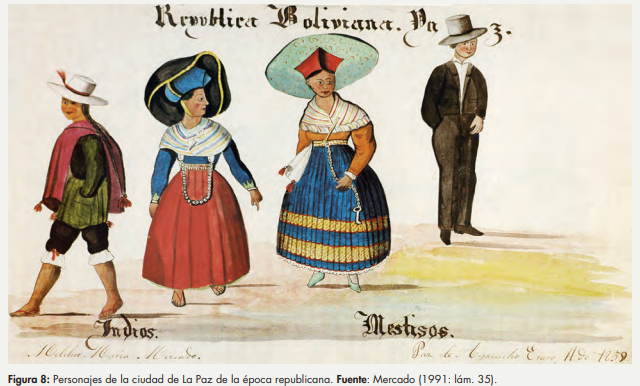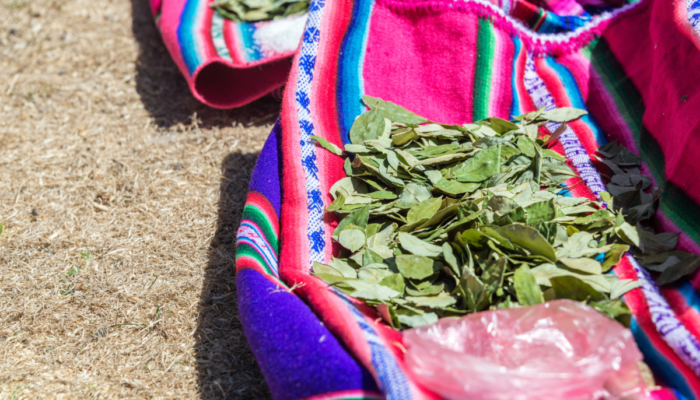You may never have heard of topos? These feminine jewels are a special feature of the Altiplano, and have a whole host of surprises in store for us!
Women's stories
The history of this jewel is intimately linked to the history of women in this part of the world, long before the creation of the Bolivian state. Indeed, the presence of this ornament on the finery of Andean women goes back well before the Spanish conquest.
As well as their practical function as clothing brooches and jewellery, topos are symbolic objects that convey a message, subconsciously integrated into Andean culture and the daily lives of Bolivian women.
A symbolic object with many facets
During the Inca Empire (1450-1532), the topos even formed part of the strategy for expanding the power of Cuzco in the hands of women. During the colonial era (1532-1825), they were a symbol of resistance and resilience. Then, during the Republic, they became the first symbols of wealth for the new mestizo classes.
The early years of the Bolivian Republic were also marked by daily violence against indigenous women, who had to learn to defend themselves. At the beginning of the 20th century, a new legal term appeared in the cities of La Paz and Sucre: “topazo” referred to murders committed with these sharp, discreet objects. Even today, topos are considered to be weapons of self-defence for women.
Between ceremony and witchcraft
During the colonial period, this versatile brooch was also associated with cult practices. Amalgamated with the cult of Pachamama (Mother Earth) and ancestral celebrations linked to the cycle of the seasons, which are an integral part of Andean culture, these rituals were considered to be witchcraft, capable of causing illness or death.
The story of the indigenous woman Maria de la Cruz, which has gone down in history, is a good illustration of the prejudices of the time. In 1689, this woman was accused by the elesiastical representatives of the province of Jauja of committing murder by performing a ceremony using this mysterious instrument.
The famous book La extirpación de la idolatría en el Perú by Pablo José de Arriaga (1621), which deals with the extirpation of idolatry in Andean societies during the colonial era, recounts how the topo was used in family ceremonies around the maize goddess Zaramama, “mother of grain” in Quechua, a symbol of fertility. This nurturing goddess was represented in the form of an ear of maize, wearing a cloak hung with a topo.
The golden, oversized topos are now worn by women during major festivities such as the Gran Poder parade in La Paz or the Virgin of Guadeloupe parade in Sucre, as a sign of prosperity.
Are you inspired? Join us on 11 June 2022 for the Fiesta del Gran Poder in La Paz!
Take a look at our suggested breaks to immerse yourself in Bolivian culture, or contact us to create your own tailor-made itinerary!






